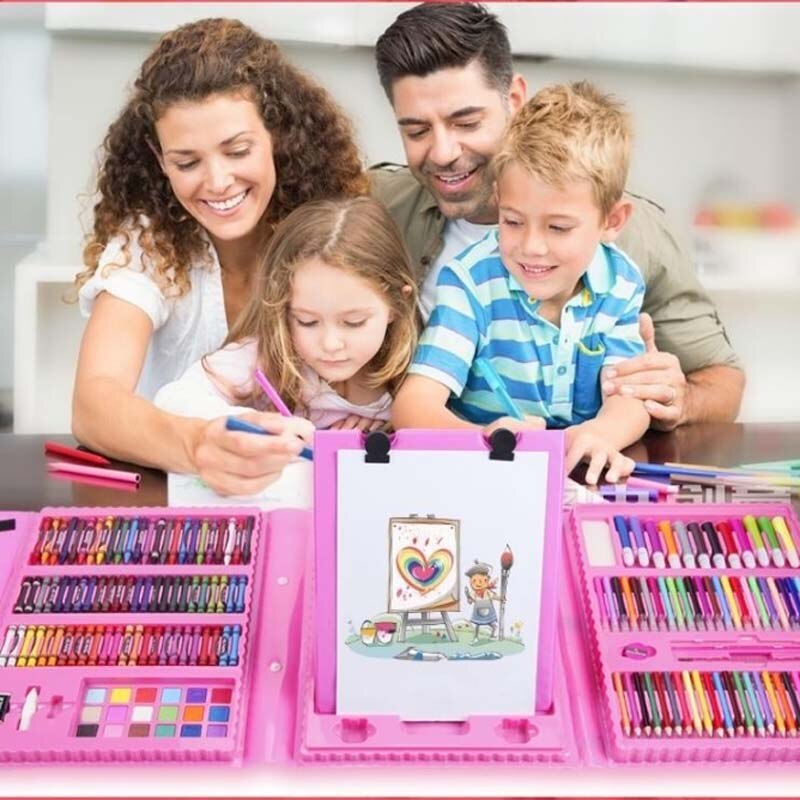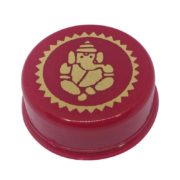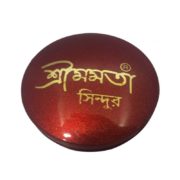Introduction:
In the dynamic and ever-evolving landscape of digital design, having access to high-quality resources is crucial for creating visually stunning and impactful graphics. DrawKit has emerged as a prominent player in providing designers with a diverse array of design assets, catering to various needs and styles. In this comprehensive guide, we will delve into the world of DrawKit, exploring its origins, the range of resources it offers, and how designers can leverage its assets to enhance their creative projects.
I. The Genesis of DrawKit:
DrawKit was founded with a mission to simplify the design process by offering a library of free, high-quality illustrations for designers and developers. The platform aims to bridge the gap between creativity and accessibility, making it easier for individuals and businesses to enhance their visual content without compromising on quality.
The brainchild of James Daly, DrawKit started as a personal project to address the common struggle designers face in finding royalty-free illustrations that meet their standards. Over time, it evolved into a comprehensive platform that caters to the needs of a diverse user base, from seasoned designers to beginners looking to enhance their projects.
II. Diverse Design Resources:
One of the key features that sets DrawKit apart is its extensive collection of design resources. From illustrations and icons to patterns and scenes, DrawKit offers a wide range of assets that can be seamlessly integrated into various design projects. Let’s explore some of the standout categories within DrawKit:
a. Illustrations: DrawKit’s illustration library is a treasure trove for designers seeking high-quality, customizable graphics. The illustrations cover a spectrum of themes, from business and technology to nature and abstract concepts. With a consistent and modern design aesthetic, these illustrations serve as versatile elements suitable for web design, presentations, marketing materials, and more.
b. Icons: Icons play a pivotal role in user interface (UI) design, and DrawKit doesn’t disappoint in this department. The platform provides an extensive collection of icons, ranging from simple and minimalist to detailed and intricate. Whether you’re working on a mobile app, website, or print material, DrawKit’s icon library offers a diverse set of options to enhance your visual communication.
c. Patterns: Texture and patterns add depth and interest to design projects. DrawKit’s pattern collection includes a variety of seamless and customizable patterns that can be applied to backgrounds, illustrations, and more. Designers can experiment with different patterns to create unique and eye-catching visuals for their projects.
d. Scenes: For those looking to tell a story or convey a specific atmosphere, DrawKit’s scenes category is a valuable resource. These pre-designed scenes capture various scenarios and moods, providing designers with ready-made compositions that can be used as-is or customized to fit specific project requirements.
III. Customization and Flexibility:
One of the strengths of DrawKit lies in its commitment to providing designers with flexibility and customization options. Each asset, whether it’s an illustration, icon, pattern, or scene, can be easily tailored to align with the designer’s vision. The platform offers downloadable assets in SVG format, allowing for seamless integration into various design tools and platforms. This adaptability empowers designers to maintain a consistent visual language across different elements of their projects.
IV. Licensing and Usage:
DrawKit operates on a straightforward licensing model, offering most of its resources under a free license for personal and commercial use. This makes it an attractive option for freelancers, startups, and established businesses alike. However, it’s essential for users to review and adhere to DrawKit’s licensing terms to ensure compliance with usage guidelines.
V. DrawKit Pro:
In addition to its free offerings, DrawKit also introduced DrawKit Pro, a subscription-based service that provides users with exclusive access to premium illustrations, icons, and other design assets. DrawKit Pro subscribers enjoy benefits such as early access to new releases, priority support, and an ad-free browsing experience. This premium tier caters to professionals and businesses looking for additional features and a more extensive library of exclusive resources.
VI. Integrating DrawKit into Design Workflow:
Whether you’re a seasoned designer or a newcomer to the field, integrating DrawKit into your design workflow is a straightforward process. Designers can browse the DrawKit website, explore different categories, and download assets that align with their project requirements. The SVG format ensures compatibility with popular design tools like Adobe Illustrator, Sketch, Figma, and more.
Designers can leverage DrawKit assets across various projects, including:
- Website Design: Enhance the visual appeal of your website by incorporating DrawKit illustrations and icons into different sections, creating a cohesive and engaging user experience.
- Presentations: Elevate your presentations by using DrawKit scenes and illustrations to visually communicate ideas, making your slides more memorable and impactful.
- App Design: Icons and illustrations from DrawKit can be seamlessly integrated into mobile and web app interfaces, improving the overall user interface and user experience.
- Marketing Materials: From social media posts to brochures and flyers, DrawKit’s diverse resources can be used to create eye-catching marketing materials that align with your brand identity.
Conclusion:
In the realm of digital design, DrawKit stands out as a valuable resource for designers seeking high-quality, customizable assets to enhance their creative projects. With its diverse library of illustrations, icons, patterns, and scenes, DrawKit caters to a broad spectrum of design needs. Whether you’re a freelancer, startup, or established business, DrawKit’s commitment to accessibility and quality makes it a go-to platform for designers looking to elevate their visual content. As DrawKit continues to evolve and expand its offerings, it remains a key player in the ever-growing landscape of design resources, empowering creatives to bring their visions to life.





